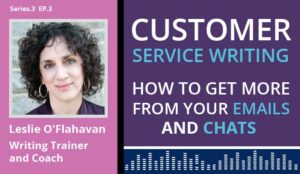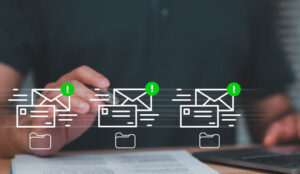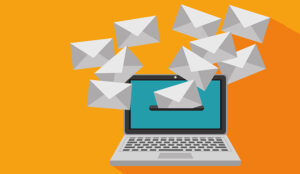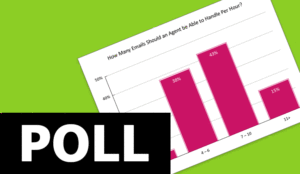Tomislav Krevzelj at Infobip uncovers the basics of confirmation emails, some best practices – and also how using them increases customer engagement.
What Is a Confirmation Email?
A confirmation email is an email that businesses send to their users following a user action.
Simply put – whenever users perform an action with your business, they should receive an email confirming that this action has been performed. Think of it as a reassuring acknowledgement on your end.
Why Send Confirmation Emails?
Again – it’s reassuring for customers. Imagine if you, as a customer, completed a purchase online and you didn’t receive an email confirming said purchase? I know I’d get anxious about that.
This is because confirmation emails are triggered by user actions. They expect something in return. And because they expect something in return, they’re more likely to open what you send them.
And this is how businesses can use them to improve engagement. Confirmation emails have the highest open rates – north of the 50% mark. This generates more than 80% higher click rates and increases sales.
In short, since customers expect confirmation emails, and open them more than any other email type – they’re one of the best ways to generate customer engagement.
Best Practices
Confirmation emails should be automated to be delivered to customers at key points across the customer journey. By doing this, businesses can use confirmation emails as an opportunity to create direct interactions with their users.
And since confirmation emails come off the back of very recent actions, they can (and should) include up-to-date information. This data can be used to create highly personalized messaging allowing you to steer the conversation for higher cross-sell and upsell opportunities.
Examples of Confirmation Emails
Confirmation emails will generally fall into one of three main categories. These are:
Order Confirmations
This type of confirmation email is sent to users who completed an order for goods or services. It’s also an opportunity for cross-sell and upselling – but make sure the proper subscriptions are in place.
Order confirmation subsets include booking confirmations and reservations, for example, as well.
Registration Confirmations
These can include account creation – but also cancellations. It’s helpful to include useful links for customer support – or links to reactivate cancelled accounts.
Payment Confirmations
Payment and related confirmation emails (which can include subscriptions, for example) confirm that your business has received or is in the process of receiving a payment.
Include invoices and returns policies, as well as any shipping details for physical goods.
Need Confirmation Emails for Your Business?
Confirmation emails are a great way to spark customer engagement and develop one-on-one conversations. The best thing about them is that they’re driven by users.
These are one of the most underdeveloped touchpoints for businesses.
Author: Guest Author
Published On: 9th Dec 2021 - Last modified: 14th Dec 2021
Read more about - Guest Blogs, Infobip





































